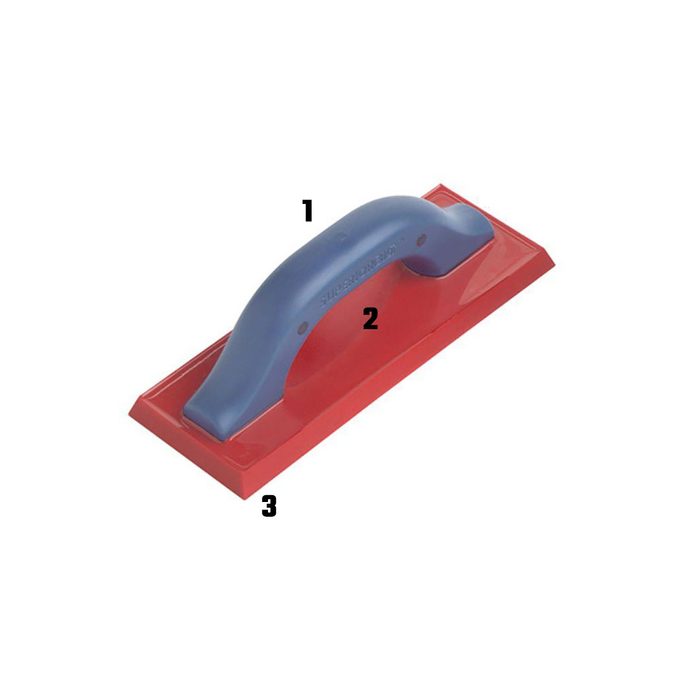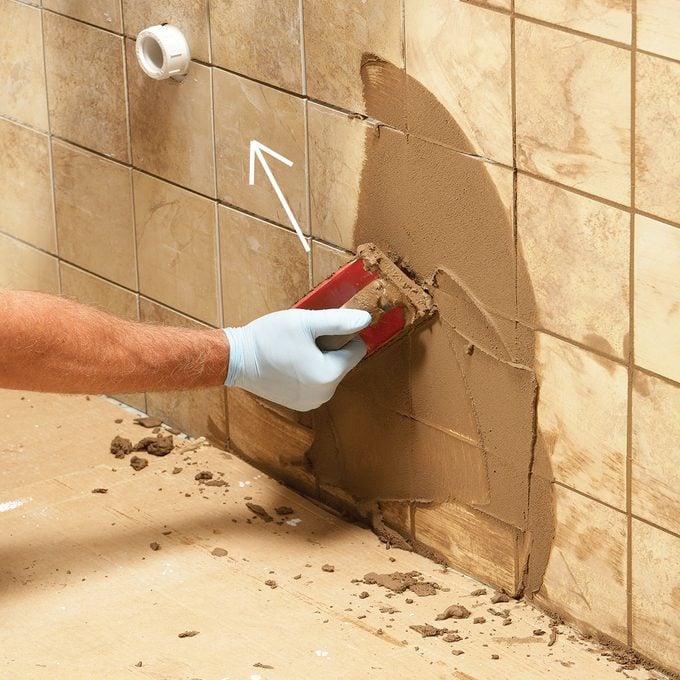Toolipedia: Grout Float
Toolipedia: Everything you wanted to know about grout floats

What is a grout float?
A grout float is a hand tool that resembles a trowel. It’s designed to press grout into the joints between tile or stone. Grout floats are used by tile and stone installers. They consist of three parts:
- Handle
- Base (some are built into the pad)
- Pliable Pad
How is a grout float used?
First, an excess amount of grout is applied to the joints between the tile or stone using either the float or another tool like a margin trowel. The grout is then pressed and worked into the joints with the intention of filling the entire void. The float can also be used to remove excess grout (the final film will be removed with a damp sponge) and give the joint it’s basic shape.
What are the different types of grout floats?
Margin grout floats are smaller and designed to get into tight spaces. Beginners often prefer floats with rounded corners which are less likely to gouge the grouted joints. The pads on some floats have a texture which are best suited for coarser, more mortar-like grout. The pad on the most floats are either made of rubber, urethane, or polyproxylene and vary in stiffness. The best elasticity of the pad depends on the project:
- Soft: Glass and other tile prone to scratching
- Medium: Most tile jobs
- Hard: Best for working with coarser grout and rough stone or tile
What makes a good grout float?
- Rubber handles are easy to clean and don’t absorb water like wood
- The pad should be durable, but soft enough for the project
- Most important: The float should feel good in your hand
SuperiorBilt makes a solid grout float.
Grout float tool tip:
Walls First
Always grout the walls first, and after they’re finished, the floor. That’ll keep you from messing up a finished floor. Apply the grout diagonally across the tile joints to squish the grout into the joints. Use whichever side or corner of the float is necessary to fully compress grout into the entire joint. On vertical surfaces, apply grout upward. That way you won’t drop so much on the floor.




